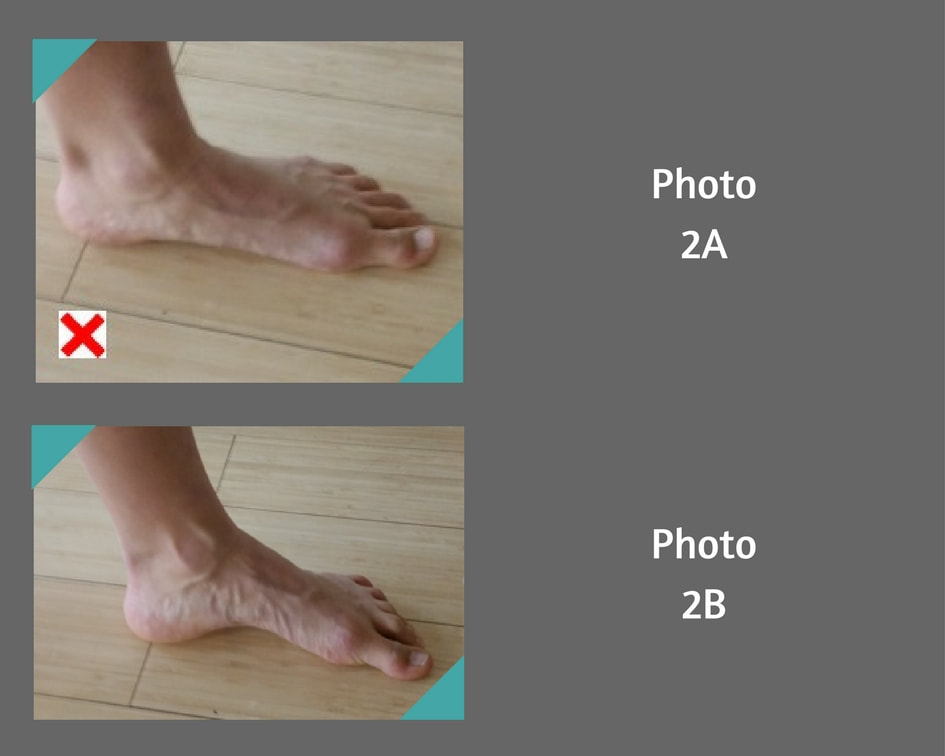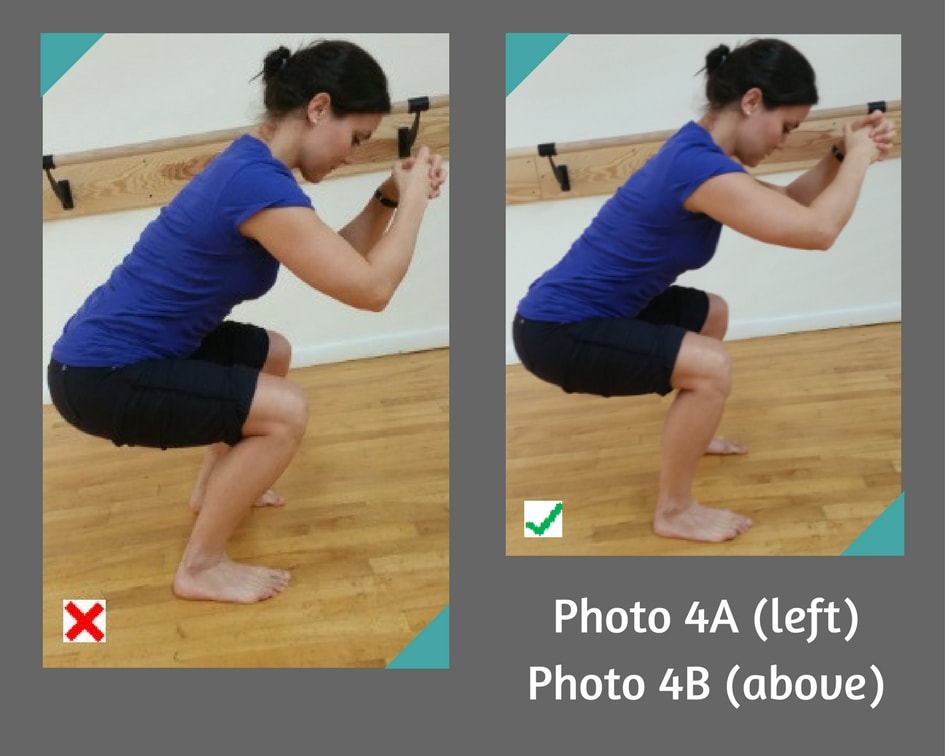Part I: Relearning the Squat from the Ground Up |
AuthorsA collaborative effort from the experienced staff at IT&W Archives
May 2023
Categories |
Blog updates |
|
2224 Virginia Beach Blvd Suite 106, Virginia Beach, VA 23454




 RSS Feed
RSS Feed

